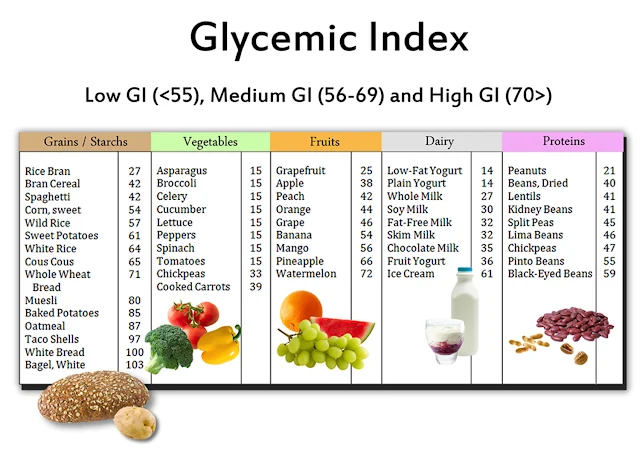Be not misled into believing that hyperglycemia is a problem exclusive to those with diabetes. The truth is that eating specific foods can cause blood sugar levels to spike for anyone; these spikes are not limited to candy, sodas, and cakes. Long-term elevated blood sugar levels pose a serious risk as they can result in diabetes or other severe health issues. However, if you are aware of the signs of high blood sugar and can identify them when they start happening frequently, it may inspire you to take the required action to lower your blood sugar.
What are the causes of high blood sugar symptoms?
There are a number of different factors that contribute to high blood sugar symptoms including:
- Poor diet
- Lack of regular exercise
- Stress
- Certain health conditions
- Use of certain medications
What are the high blood sugar symptoms?
Having high blood sugar does not automatically mean you have diabetes. High blood sugar is only a symptom of diabetes. In fact, an individual experiencing hyperglycemia (high blood sugar) could have no symptoms at all. But, the most commonly-experienced high blood sugar symptoms include:
- Increased thirst
- Dry mouth
- Always being hungry
- Frequent urination and/or urination during the night
- Dry and itchy skin
- Daily fatigue or extreme tiredness
- Difficulty concentrating
- Excess abdominal fat/weight gain
- Recurrent infections
- Blurred vision
- Impotence
- Slow healing of cuts and wounds
- Nerve problems
- Stomach problems
Using a Glycemic Index Food List to Decrease High Blood Sugar Symptoms
The Glycemic Index (GI) is a numerical index that ranks carbohydrates based on their rate of glycemic response – the extent to which foods raise blood sugar levels after eating. The GI uses a scale from 0 to 100 so the higher values are assigned to foods that cause the most rapid rise in blood sugar levels. Pure glucose serves as a reference point, and has a GI of 100. Foods with a high GI are rapidly digested and absorbed and result in marked fluctuations in blood sugar levels. On the contrary, low-GI foods are slowly digested and absorbed and produce gradual rises in blood sugar. Low GI foods have proven benefits for health because they reduce insulin levels and insulin resistance, preventing high blood sugar symptoms. Low GI diets also have benefits for weight control because they help control appetite and delay hunger.
Glycemic Index Food List
Replacing your intake of high GI foods with low and moderate GI foods is the first step to starting a low glycemic diet. The following table shows high, moderate and low GI values.
Whether you are looking to lose weight, trying to reverse high blood sugar symptoms, or you are seeking an overall healthful eating plan, using the GI is a good starting place to achieve your goals. Keep in mind that it’s all about qualitywhich means you should also consider the nutrient content of foods.
The following is a Glycemic Index Food List for a few common foods:
*The above references represent averages for common foods. Since each individual’s body reacts differently to foods, the best way to truly tell how a food will affect you is to check your blood glucose levels two hours after eating it. However, the Glycemic Index Food List can be a good guide for you to make healthier food choices.
Original article and credits: naturalhealthadvisory.com
Source
.jpg)

